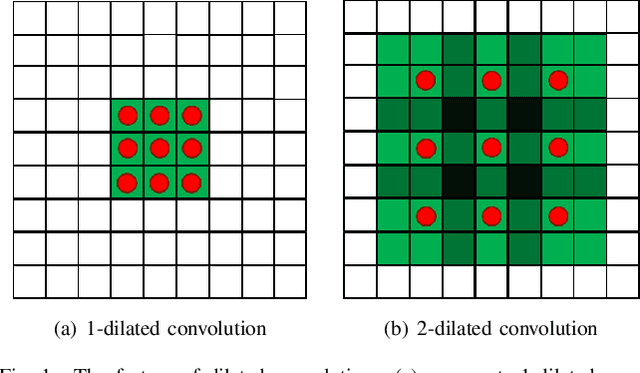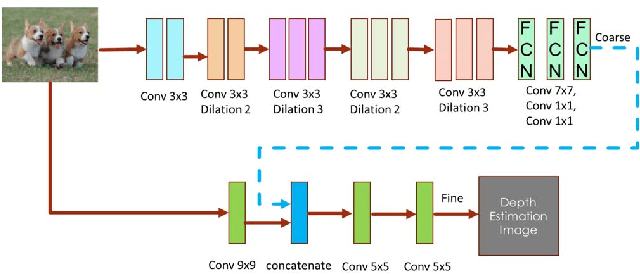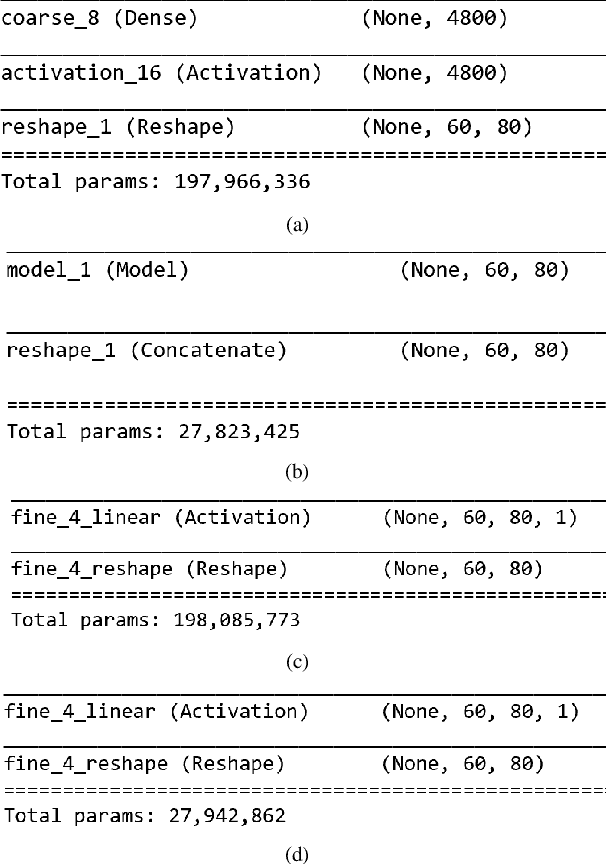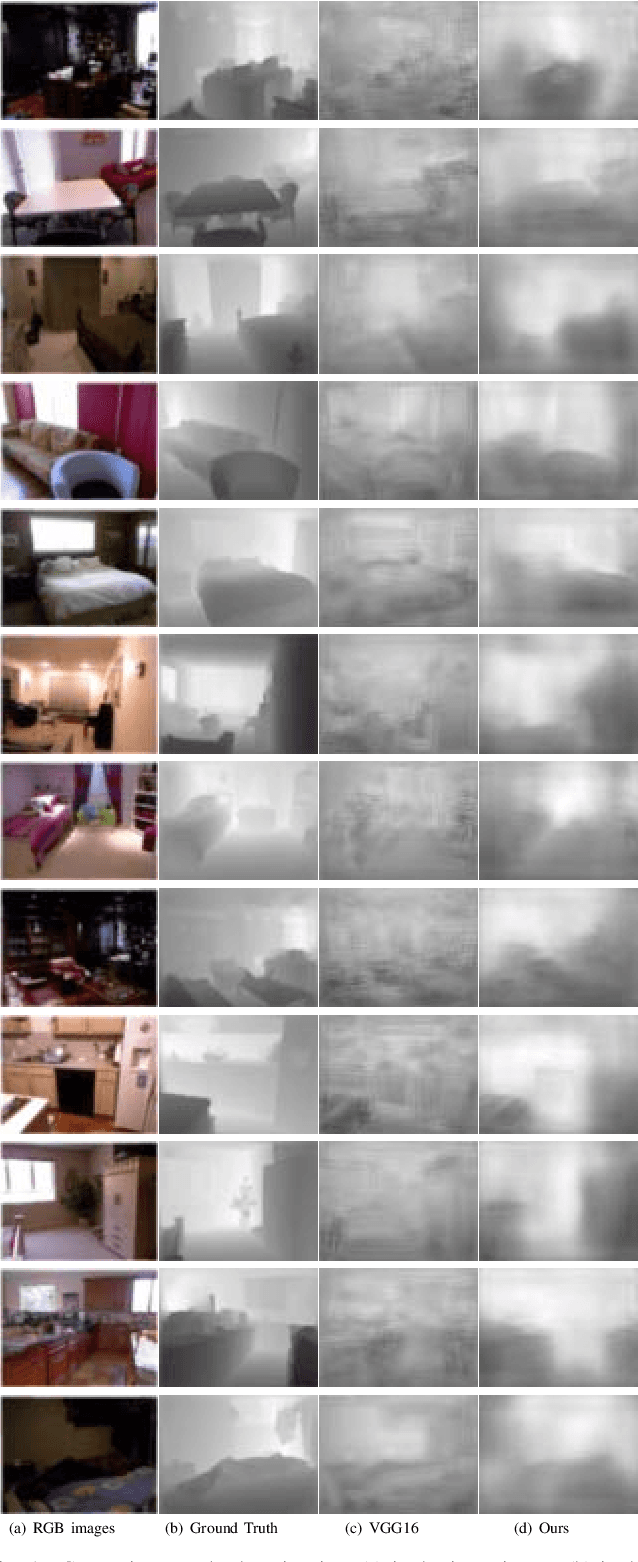Mi Lu
XYScanNet: An Interpretable State Space Model for Perceptual Image Deblurring
Dec 13, 2024



Abstract:Deep state-space models (SSMs), like recent Mamba architectures, are emerging as a promising alternative to CNN and Transformer networks. Existing Mamba-based restoration methods process the visual data by leveraging a flatten-and-scan strategy that converts image patches into a 1D sequence before scanning. However, this scanning paradigm ignores local pixel dependencies and introduces spatial misalignment by positioning distant pixels incorrectly adjacent, which reduces local noise-awareness and degrades image sharpness in low-level vision tasks. To overcome these issues, we propose a novel slice-and-scan strategy that alternates scanning along intra- and inter-slices. We further design a new Vision State Space Module (VSSM) for image deblurring, and tackle the inefficiency challenges of the current Mamba-based vision module. Building upon this, we develop XYScanNet, an SSM architecture integrated with a lightweight feature fusion module for enhanced image deblurring. XYScanNet, maintains competitive distortion metrics and significantly improves perceptual performance. Experimental results show that XYScanNet enhances KID by $17\%$ compared to the nearest competitor. Our code will be released soon.
DeblurDiNAT: A Lightweight and Effective Transformer for Image Deblurring
Mar 19, 2024Abstract:Blurry images may contain local and global non-uniform artifacts, which complicate the deblurring process and make it more challenging to achieve satisfactory results. Recently, Transformers generate improved deblurring outcomes than existing CNN architectures. However, the large model size and long inference time are still two bothersome issues which have not been fully explored. To this end, we propose DeblurDiNAT, a compact encoder-decoder Transformer which efficiently restores clean images from real-world blurry ones. We adopt an alternating dilation factor structure with the aim of global-local feature learning. Also, we observe that simply using self-attention layers in networks does not always produce good deblurred results. To solve this problem, we propose a channel modulation self-attention (CMSA) block, where a cross-channel learner (CCL) is utilized to capture channel relationships. In addition, we present a divide and multiply feed-forward network (DMFN) allowing fast feature propagation. Moreover, we design a lightweight gated feature fusion (LGFF) module, which performs controlled feature merging. Comprehensive experimental results show that the proposed model, named DeblurDiNAT, provides a favorable performance boost without introducing noticeable computational costs over the baseline, and achieves state-of-the-art (SOTA) performance on several image deblurring datasets. Compared to nearest competitors, our space-efficient and time-saving method demonstrates a stronger generalization ability with 3%-68% fewer parameters and produces deblurred images that are visually closer to the ground truth.
Dilated Fully Convolutional Neural Network for Depth Estimation from a Single Image
Mar 12, 2021



Abstract:Depth prediction plays a key role in understanding a 3D scene. Several techniques have been developed throughout the years, among which Convolutional Neural Network has recently achieved state-of-the-art performance on estimating depth from a single image. However, traditional CNNs suffer from the lower resolution and information loss caused by the pooling layers. And oversized parameters generated from fully connected layers often lead to a exploded memory usage problem. In this paper, we present an advanced Dilated Fully Convolutional Neural Network to address the deficiencies. Taking advantages of the exponential expansion of the receptive field in dilated convolutions, our model can minimize the loss of resolution. It also reduces the amount of parameters significantly by replacing the fully connected layers with the fully convolutional layers. We show experimentally on NYU Depth V2 datasets that the depth prediction obtained from our model is considerably closer to ground truth than that from traditional CNNs techniques.
Advanced Multiple Linear Regression Based Dark Channel Prior Applied on Dehazing Image and Generating Synthetic Haze
Mar 12, 2021



Abstract:Haze removal is an extremely challenging task, and object detection in the hazy environment has recently gained much attention due to the popularity of autonomous driving and traffic surveillance. In this work, the authors propose a multiple linear regression haze removal model based on a widely adopted dehazing algorithm named Dark Channel Prior. Training this model with a synthetic hazy dataset, the proposed model can reduce the unanticipated deviations generated from the rough estimations of transmission map and atmospheric light in Dark Channel Prior. To increase object detection accuracy in the hazy environment, the authors further present an algorithm to build a synthetic hazy COCO training dataset by generating the artificial haze to the MS COCO training dataset. The experimental results demonstrate that the proposed model obtains higher image quality and shares more similarity with ground truth images than most conventional pixel-based dehazing algorithms and neural network based haze-removal models. The authors also evaluate the mean average precision of Mask R-CNN when training the network with synthetic hazy COCO training dataset and preprocessing test hazy dataset by removing the haze with the proposed dehazing model. It turns out that both approaches can increase the object detection accuracy significantly and outperform most existing object detection models over hazy images.
Multiple Linear Regression Haze-removal Model Based on Dark Channel Prior
Apr 25, 2019



Abstract:Dark Channel Prior (DCP) is a widely recognized traditional dehazing algorithm. However, it may fail in bright region and the brightness of the restored image is darker than hazy image. In this paper, we propose an effective method to optimize DCP. We build a multiple linear regression haze-removal model based on DCP atmospheric scattering model and train this model with RESIDE dataset, which aims to reduce the unexpected errors caused by the rough estimations of transmission map t(x) and atmospheric light A. The RESIDE dataset provides enough synthetic hazy images and their corresponding groundtruth images to train and test. We compare the performances of different dehazing algorithms in terms of two important full-reference metrics, the peak-signal-to-noise ratio (PSNR) as well as the structural similarity index measure (SSIM). The experiment results show that our model gets highest SSIM value and its PSNR value is also higher than most of state-of-the-art dehazing algorithms. Our results also overcome the weakness of DCP on real-world hazy images
An optimized system to solve text-based CAPTCHA
Jun 11, 2018



Abstract:CAPTCHA(Completely Automated Public Turing test to Tell Computers and Humans Apart) can be used to protect data from auto bots. Countless kinds of CAPTCHAs are thus designed, while we most frequently utilize text-based scheme because of most convenience and user-friendly way \cite{bursztein2011text}. Currently, various types of CAPTCHAs need corresponding segmentation to identify single character due to the numerous different segmentation ways. Our goal is to defeat the CAPTCHA, thus firstly the CAPTCHAs need to be split into character by character. There isn't a regular segmentation algorithm to obtain the divided characters in all kinds of examples, which means that we have to treat the segmentation individually. In this paper, we build a whole system to defeat the CAPTCHAs as well as achieve state-of-the-art performance. In detail, we present our self-adaptive algorithm to segment different kinds of characters optimally, and then utilize both the existing methods and our own constructed convolutional neural network as an extra classifier. Results are provided showing how our system work well towards defeating these CAPTCHAs.
English Out-of-Vocabulary Lexical Evaluation Task
Apr 11, 2018


Abstract:Unlike previous unknown nouns tagging task (Curran, 2005) (Ciaramita and Johnson, 2003), this is the first attempt to focus on out-of- vocabulary(OOV) lexical evaluation tasks that does not require any prior knowledge. The OOV words are words that only appear in test samples. The goal of tasks is to pro- vide solutions for OOV lexical classification and predication. The tasks require annotators to conclude the attributes of the OOV words based on their related contexts. Then, we uti- lize unsupervised word embedding methods such as Word2Vec(Mikolov et al., 2013) and Word2GM (Athiwaratkun and Wilson, 2017) to perform the baseline experiments on the cat- egorical classification task and OOV words at- tribute prediction tasks.
 Add to Chrome
Add to Chrome Add to Firefox
Add to Firefox Add to Edge
Add to Edge